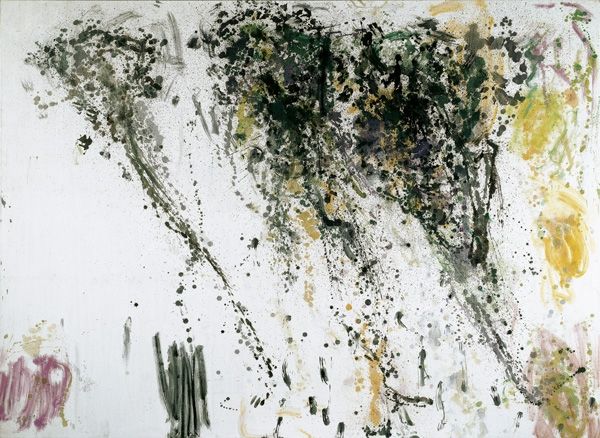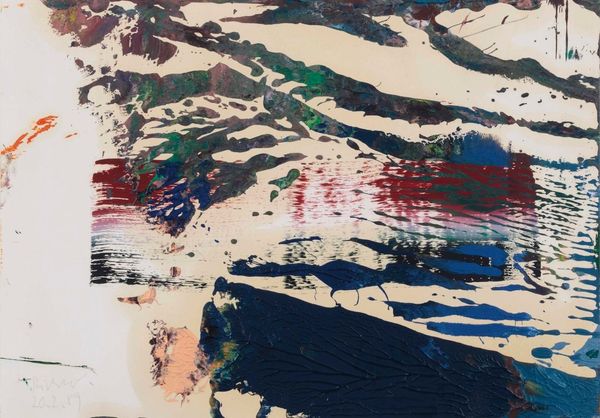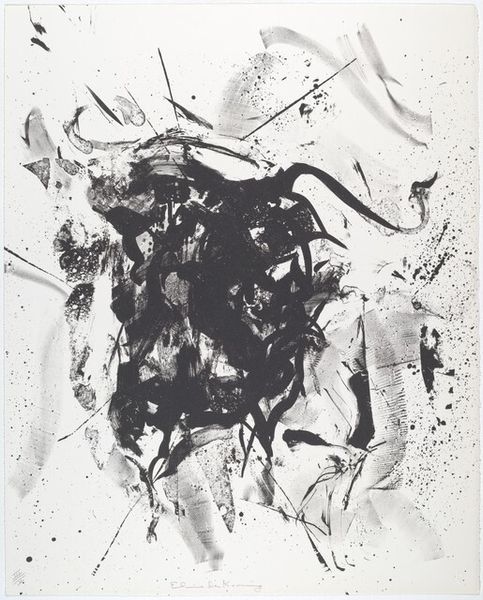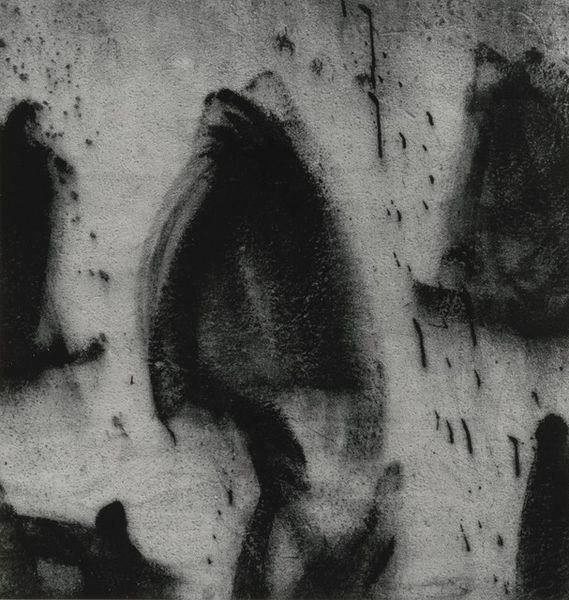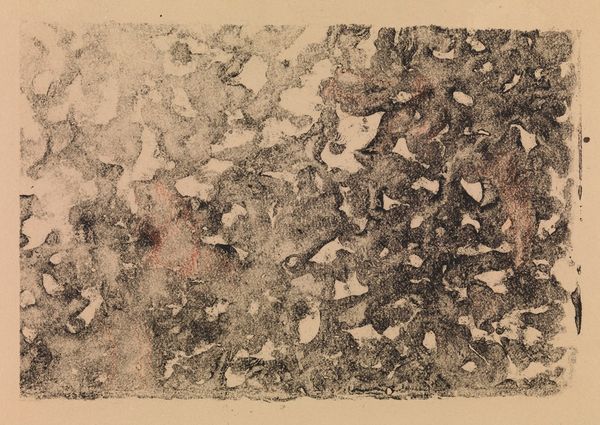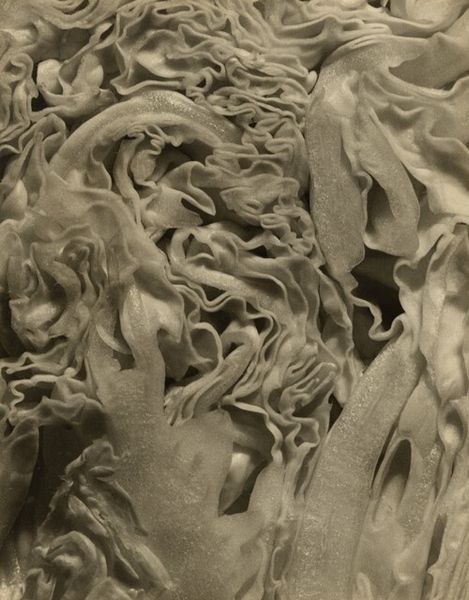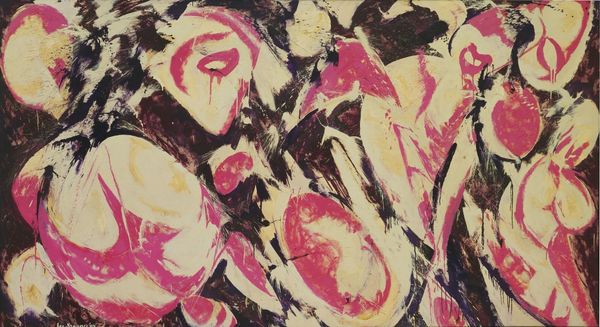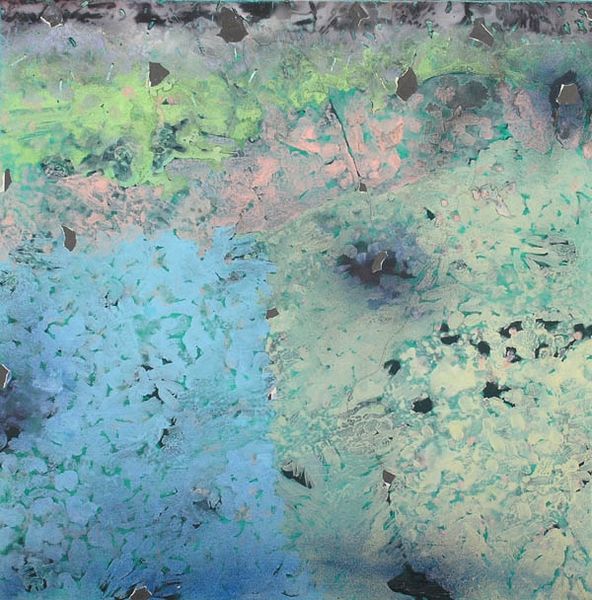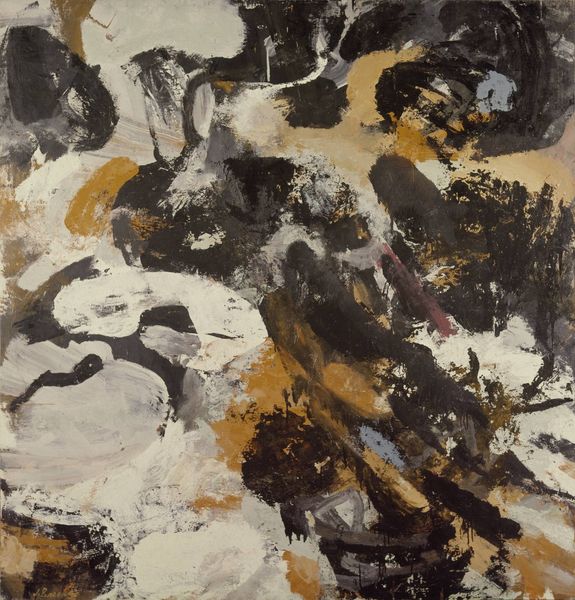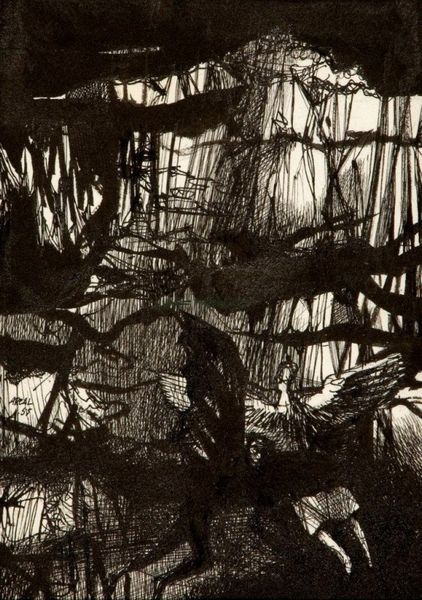
drawing, ink
#
abstract-expressionism
#
drawing
#
abstract expressionism
#
organic
#
charcoal drawing
#
abstract
#
ink
#
line
#
abstract art
#
monochrome
Copyright: Samuel Buri,Fair Use
Editor: This is an "Abstract composition" by Samuel Buri. The artwork is an ink and charcoal drawing, and strikes me as simultaneously chaotic and organic. What historical context can you provide for understanding a work like this? Curator: Given its monochrome palette and the use of materials like ink and charcoal, we can initially place it within a tradition of drawing that has historically served as both preparatory work and a medium for exploring spontaneous, expressive gestures. Do you see any parallels with other artistic movements of the 20th century? Editor: Well, the fluid, uncontrolled nature of the marks certainly reminds me of Abstract Expressionism. Curator: Exactly. Post-World War II, Abstract Expressionism, particularly in America, represented a move away from representational art towards subjective expression. Buri’s "Abstract Composition" shares some visual similarities, such as a lack of defined form, but its reception depends heavily on its exhibition and the discourse surrounding it. Who decides what art is important, and what kind of value is placed on that judgement? Editor: So it’s not just about the artist’s intent, but also how the art world validates and presents it? Curator: Precisely. Museums and galleries, through their selection and presentation of artworks, play a crucial role in shaping our understanding and appreciation of art. Think about it—how does the location of this piece influence your view of it? Editor: I suppose seeing it in a museum setting adds a layer of legitimacy, suggesting it holds some cultural or artistic significance that other drawings might not. Curator: Indeed. Ultimately, viewing art through a historical lens invites us to be more aware of how social structures and institutional frameworks influence our interpretations. Editor: That gives me a new perspective. I see that considering who exhibits art is as important as who makes it. Curator: Precisely. Art and history are more inextricably linked than most viewers care to think about, and it's important to question existing narratives when encountering a work for the first time.
Comments
No comments
Be the first to comment and join the conversation on the ultimate creative platform.


